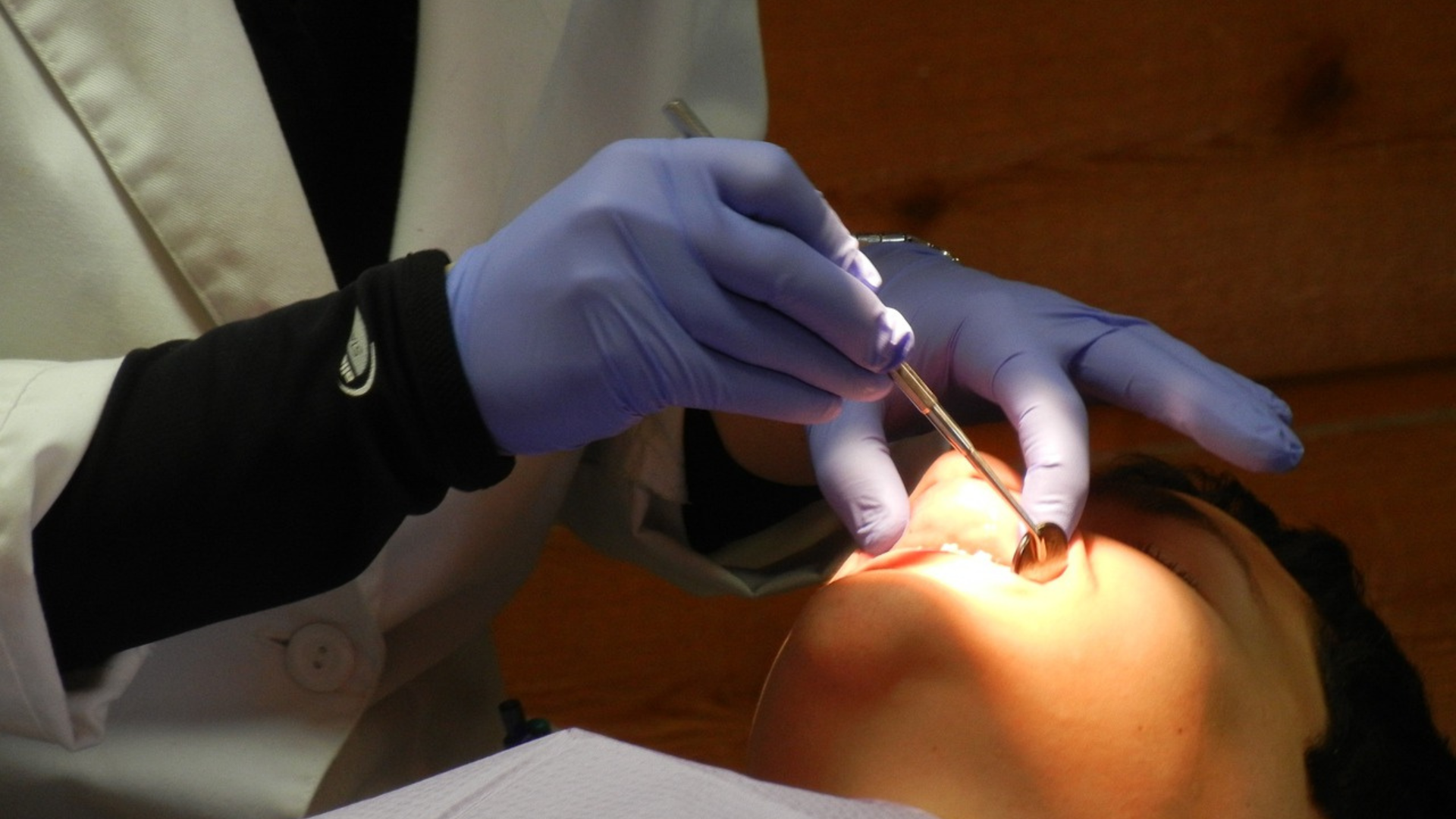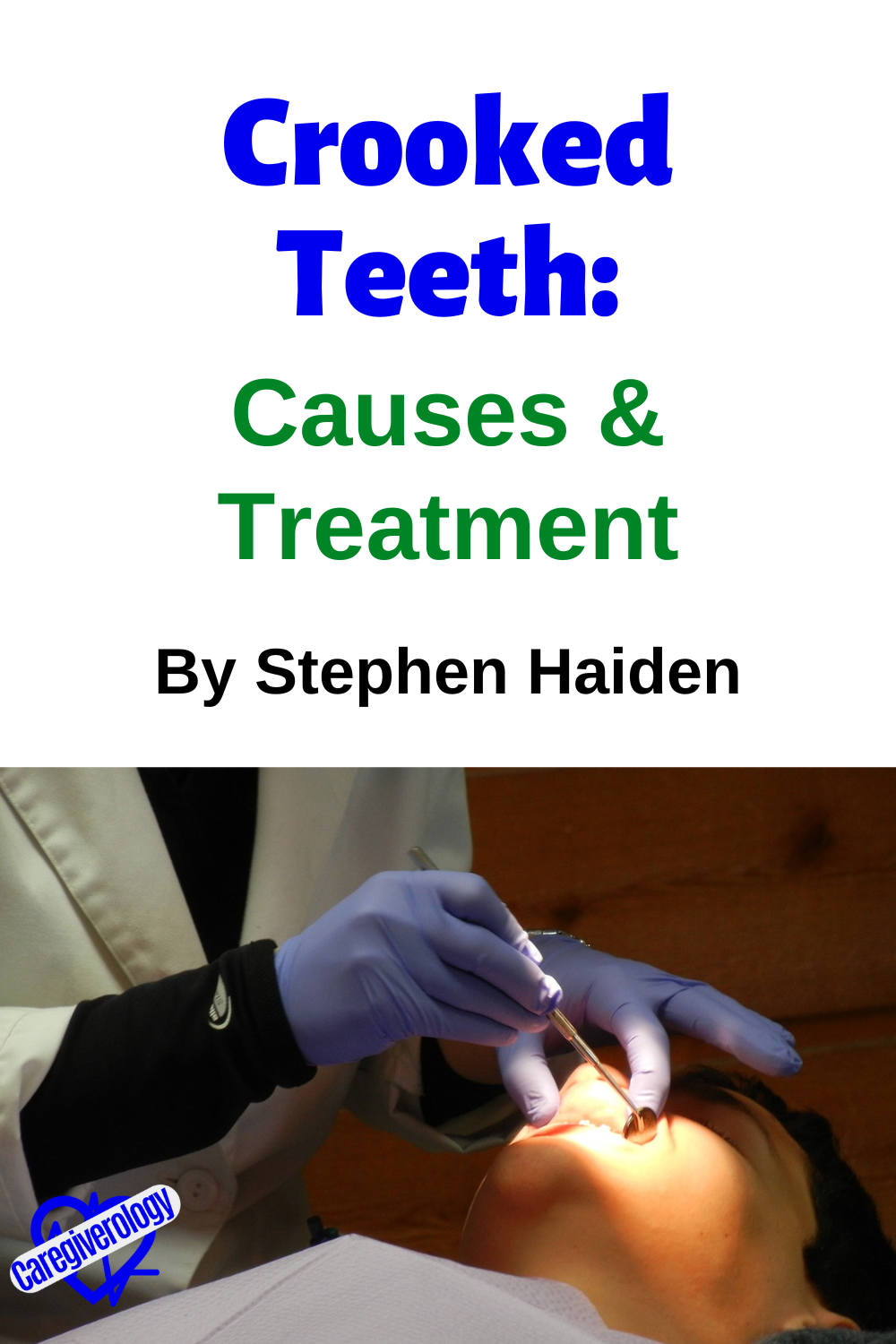Crooked Teeth: Causes & Treatment

Crooked teeth are more than just a cosmetic issue; they can also pose significant challenges to oral health and overall well-being. Whether due to genetics, lifestyle, or environmental factors, misaligned teeth affect people of all ages, leading many to seek effective treatments. Understanding the causes behind crooked teeth and exploring the available treatment options can be the first step towards achieving a healthier, more confident smile. In this article, we dive into the common causes of crooked teeth and outline the most effective treatments, helping you navigate your path to a straighter smile.
1 2 3 4 5 6 7 8 9 10 Conclusion
1. Genetic Factors
The primary cause of crooked teeth lies in our genes. Just as we inherit the color of our eyes or the shape of our nose, the size of our jaws and the alignment of our teeth are also passed down from our parents. Genetic predispositions can lead to overcrowding, where there's insufficient space in the jaw for all teeth to fit properly, or underbites and overbites, where the upper and lower jaws don't align correctly. Understanding that genetics play a significant role in dental alignment can help individuals realize that crooked teeth are often beyond their control.
2. Early Loss of Baby Teeth
Premature loss of baby teeth is a significant contributor to the development of crooked teeth. When a child loses baby teeth too early, due to decay or injury, the space meant for the permanent teeth can become compromised. This can lead to overcrowding or improperly spaced adult teeth as they erupt. To address these concerns, it's essential to consult an orthodontist. If you're looking to find an orthodontist in your vicinity, searching online with the keywords braces treatment near me can be a practical approach. Orthodontic treatments, such as braces, are designed to correct misalignments and spacing issues, guiding teeth into their proper positions over time.
3. Poor Dental Habits in Childhood
Habits like thumb sucking, prolonged use of a pacifier, or bottle feeding beyond infancy can exert pressure on the teeth and jaw, leading to misalignment. These actions can alter the shape of the jaw, affect the roof of the mouth, and lead to crooked teeth as permanent teeth emerge. It's crucial for parents to monitor and gently correct these habits early on to prevent long-term dental issues. Encouraging children to adopt healthy oral habits is a proactive step towards ensuring their teeth grow correctly aligned.
4. Jaw Size and Tooth Size Discrepancies
A mismatch between jaw size and the size of the teeth can lead to crowding or gaps. Modern diets and a decrease in the need for robust jaws for food processing have contributed to a reduction in jaw size over generations, without a corresponding decrease in tooth size. This evolutionary change means that many people simply lack the space necessary for all their teeth to align properly. Such discrepancies can cause teeth to twist, overlap, or erupt in incorrect positions, contributing to the complexity of achieving a straight smile.
5. Trauma and Environmental Factors
Accidents or injuries that impact the jaw and teeth can disrupt the natural growth and alignment of teeth. Traumatic events may cause teeth to become displaced or create spaces that affect how remaining teeth align. Additionally, environmental factors, such as poor nutrition or exposure to toxins, can impact dental development from a young age. Addressing these issues promptly and seeking professional dental advice can mitigate long-term damage and improve alignment issues caused by trauma or environmental factors.
6. Mouth Breathing and Tongue Thrusting
Mouth breathing and tongue thrusting are habits that can contribute to the misalignment of teeth. When a person breathes through their mouth instead of their nose, it can lead to an imbalance in the pressure exerted on the teeth, causing them to shift over time. Similarly, tongue thrusting, where the tongue is pushed against the teeth when swallowing or speaking, can also lead to crooked teeth. Addressing these habits early, through exercises or therapy, can help prevent their impact on dental alignment.
7. Inadequate Dental Care
Neglecting regular dental check-ups and poor oral hygiene can exacerbate the problem of crooked teeth. Without professional monitoring, minor issues can develop into more significant misalignments. Plaque buildup and gum disease can also weaken the support for teeth, leading to shifting and crookedness. Maintaining a routine of regular dental visits and proper oral care is essential for preventing and managing the progression of dental misalignments.
8. Orthodontic Treatment Options
For those seeking to correct crooked teeth, there are several orthodontic treatment options available. Traditional braces, made of metal or ceramic, are the most common method for straightening teeth. For a less visible option, clear aligners like Invisalign offer a discreet way to achieve a straighter smile. The choice of treatment depends on the severity of the misalignment and the patient's preferences. Consulting with an orthodontist can help determine the best approach for your specific needs.
9. Preventive Measures
Preventing crooked teeth begins in childhood. Encouraging good oral habits, such as regular brushing and flossing, and addressing any harmful habits early on can help ensure proper dental development. Regular dental check-ups are also crucial for monitoring the growth of teeth and identifying any potential issues before they become more serious. Taking these preventive steps can reduce the likelihood of needing more extensive orthodontic treatment in the future.
10. The Importance of Timely Intervention
Addressing crooked teeth is not just about aesthetics; it's also about maintaining good oral health. Crooked teeth can be harder to clean, leading to an increased risk of cavities and gum disease. Additionally, misaligned teeth can cause issues with biting and chewing, and even lead to jaw pain and headaches. Seeking timely intervention through orthodontic treatment can prevent these complications and lead to a healthier, more functional smile.
Conclusion
Crooked teeth are a common issue that can arise from a variety of causes, from genetics to poor dental habits. Understanding the underlying reasons for misaligned teeth is crucial for finding the right treatment. Orthodontic options like braces and clear aligners offer effective solutions for correcting dental misalignments. Moreover, preventive measures and timely intervention play a significant role in maintaining oral health and avoiding more serious problems in the future. By taking proactive steps and seeking professional advice, you can achieve a straighter, healthier smile that boosts your confidence and well-being.
Thank you Stephen Haiden for contributing this article.
Guest Articles Written for Caregiverology
From Crooked Teeth: Causes & Treatment to Home
Recent Articles
-
Common Truck Crash Injuries and Legal Remedies - Caregiverology
Jul 19, 25 10:49 AM
Known for its sun-drenched beaches, vibrant arts scene, and bustling maritime industry, Fort Lauderdale is a city that sees heavy traffic both on its roads and at its busy port. Unfortunately, with th… -
Why Expert Legal Help Matters After Serious Injury - Caregiverology
Jul 19, 25 10:35 AM
In Houston, over 67,600 car crashes occurred in 2023, resulting in 290 fatalities and 1,612 serious injuries. That’s roughly 185 accidents every day. -
How Life Care Planners Support Injury Recovery - Caregiverology
Jul 19, 25 10:18 AM
In Los Angeles, life care planners play a vital role in supporting injury recovery, especially for individuals facing catastrophic injuries such as traumatic brain injuries or spinal cord damage.





New! Comments
Have something to say about what you just read? Leave a comment in the box below.